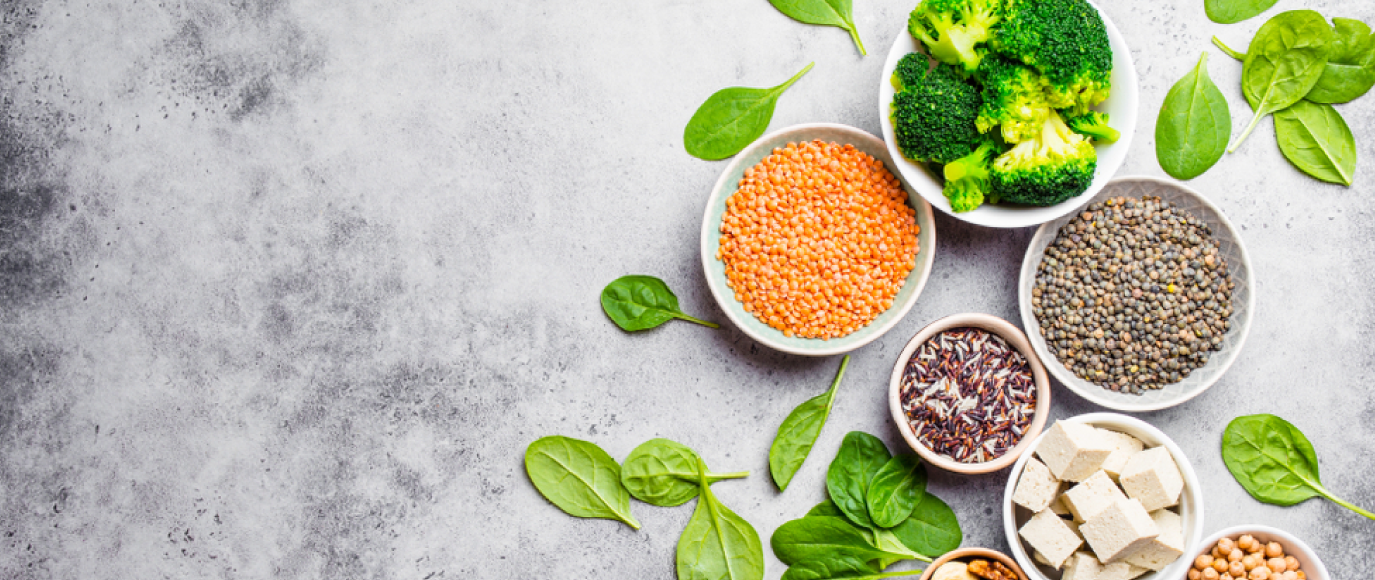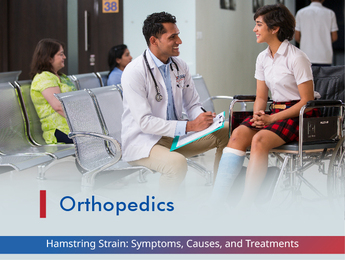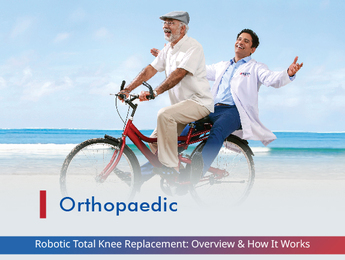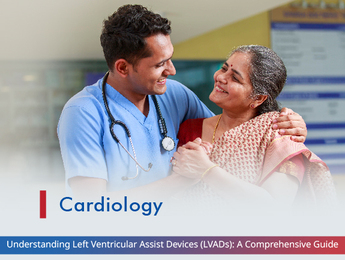Indian National Protein Day is observed on 27
th February every year. In 2020, ‘
Right to Protein’ launched India’s first protein day to draw public attention to raise awareness and educate Indians on the significance and importance of consuming protein. We have protein throughout our bodies not only in muscles but also in bones, skin and hair and virtually every body part or tissue. It builds our immune system and keeps it robust and proteins also helps in maintaining weight as it increases our metabolism and hence helps to burn calories.
Protein is an important part of a healthy diet. It is made up of chemical building blocks namely, amino acids. Our body uses amino acids to build and repair muscles and bones and to make hormones and enzymes. They can also be used as an energy source when the other sources of energy (from carbohydrates and fats) are not available. They provide as many calories as carbohydrates i.e. 1 gram protein = 4 kcals.
Requirements
Protein requirement per day depends on factors like body size, activity levels, age and in women – pregnancy or lactation status. The National Institute of Nutrition (NIN) has revised the Recommended Dietary Allowances in the year 2020 after which the Estimated Average Requirement (EAR) of protein is 43g/day for adult men and 36g/day for adult women. Pregnant women require +7.6g/day during the 2
nd trimester and +17.6g/day during the 3
rd trimester. Lactating women during the first 6 months of lactation require +13.6g/day and from 6-12 months need +10.6g/day. In infants aged 0-6 months the requirement is 7g/day and in infants aged 6-12 months, it is 9g/day. Children aged 1–3 need 10g/day, aged 4–6 need 13g/day and aged 7-9 need 19g/day. Boys and girls aged 10-12 years require 27g/day. Boys aged 13-15 years require 36g/day and girls of the same age group require 35g/day. Boys aged 16-18 years require 45g/day and girls of the same age group require 37g/day.
(National Institute of Nutrition, India ICMR 2020 revised)
Sources of Protein
A healthy eating pattern includes a variety of foods that contain protein. Both animal and plant foods are excellent sources of protein.
Some protein rich foods include:
Non vegetarian sources include
- Seafood (dried fish, shrimp, tuna, halibut, cod etc.) is an excellent source of protein and is low in fat provided they are grilled, steamed or curried with minimal amount of oil.
- Lean meats and poultry (chicken and turkey )
- Eggs: An egg contains about 6-7g of protein. Both egg yolks and egg whites contain protein hence eating an entire egg is the best way to get the most amount of protein.
- Dairy products like milk, cheese and yogurt are excellent sources of protein, and also contain calcium which helps keep bones healthy and thereby prevent osteoporosis
Vegetarian sources like pulses are a great substitute for meat because they are cholesterol-free and contain almost no saturated fat as opposed to non-vegetarian sources.
Pulses include beans, peas and lentils (dhals).
Beans like black beans, chickpeas (kabuli chana), kidney beans(rajma) etc. and
Peas green peas(mutter), snow peas, snap peas ,split peas(different types of avarekalu),
lentils/
dals ( moong, toor, urad, masoor and horse gram etc), edamame/soybeans and products made from soy like tofu, tempeh, etc. Nutrition-wise, pulses provide protein, fiber, complex carbohydrates, some amount of vitamins and minerals like iron, zinc, folate, magnesium, etc. Although pulses are rich sources of protein, it is always better to combine them with cereals in order to obtain the benefit of all the essential amino acids. Idli, dosa, pongal, khichdi, roti-dal are some of the common examples of cereal-pulse combinations.
Nuts and Seeds: These are naturally rich in protein. Nuts and seeds can be consumed either on their own, or can be added to smoothies, salads etc. Examples include almonds, pistachios, cashews, walnuts, hazelnuts, pecans, hemp seeds, amaranth seeds and pumpkin seeds, sunflower seeds, flax seeds, sesame seeds, chia seeds.
Other examples of vegetarian sources of protein include whole grains –wheat, quinoa, brown rice, red parboiled rice , millets like Ragi (finger millet), Proso millet(varagu) etc oats, bulgar wheat or broken wheat are fairly good sources of proteins . Vegetables are not really very good sources of proteins but some vegetables have small amount of proteins eg broccoli, asparagus, brussels sprouts, and artichokes. Non vegetarian sources of proteins are of high biological value and hence are absorbed and utilized by the body better.
A diet which includes a good amount of vegetarian proteins in the right combinations is viable but some may develop B12 deficiencies which will have to be addressed.







